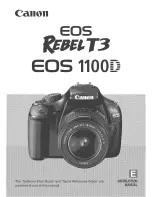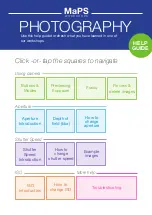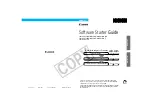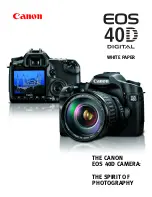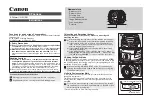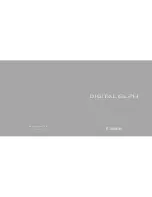
V1.02
Thom Hogan’s Complete Guide to the Nikon D300
Page 64
reason why pros prefer to use raw files, which have 12-bit or 14-bit
values, instead of JPEG, which have compressed 8-bit values.
But there’s more to bits than just the subtlety of the tonal
ramp. Once we reduce our data into 8-bits for a JPEG or TIFF
image, we’re stuffing some of the stops of exposure data into a
very small space.
Programmers might already know where I’m headed: the
number of bits available for recording low values is more
limited than the number of bits available for recording high
values:
---X XXXX
used for lowest stop
XXXX XXXX
used for highest stop
Put another way: there are 32 possible values possible in that
bottom stop of exposure, but 256 possible values possible in
the top stop of exposure. Therefore the accuracy of the
highest stop of data (highlights) is going to be greater than the
accuracy of the lowest stop of data (shadows), especially if we
start using curves and other manipulations to move the data
within the limited available space. That’s the reason why I
strongly suggest shooting raw files on DSLRs instead of JPEGs:
by keeping the data in 12-bit or 14-bit space you have more
data accuracy when you make changes, and fewer rounding
problems and errors.
Just for the heck of it, let’s assume that the D300 can capture
exactly seven stops of dynamic range (we’ll get to the reality
in a bit). Put in a table this 8-bit versus 14-bit difference looks
like this:































